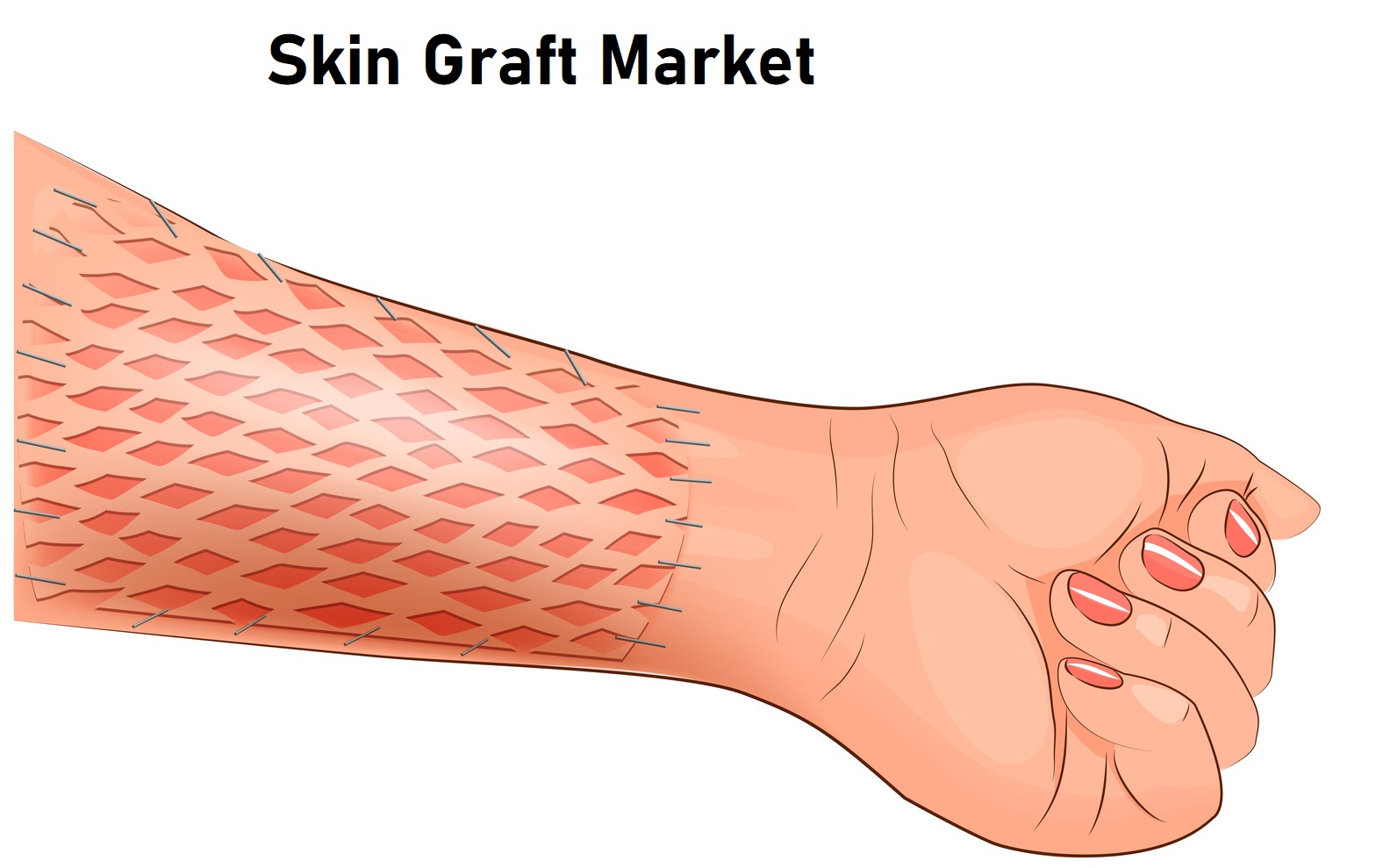Introduction
Surgical tables, often referred to as operating tables or surgical beds, are an essential component of any modern operating room. These specialized tables provide the foundation for surgical procedures, offering stability and precise positioning for both patients and medical professionals. In this article, we will delve into the world of surgical tables, exploring their evolution, types, features, and considerations when choosing the right one.
The Evolution of Surgical Tables
Surgical tables have come a long way since their inception. In the early days of surgery, they were simple wooden platforms with limited adjustability. However, advancements in technology and medical science have transformed them into highly sophisticated pieces of equipment. Today, surgical tables are designed to meet the specific needs of different surgical procedures, ensuring patient safety and the convenience of surgeons.
Types of Surgical Tables
There are various types of surgical tables available, each catering to different medical specialties. Some of the most common types include general surgical tables, orthopedic tables, and radiolucent tables. The choice of table depends on the type of surgeries performed and the specific requirements of the medical facility.
Key Features to Consider
When selecting a surgical table, several key features need to be considered. These include table mobility, height adjustability, patient weight capacity, and the range of movements it can provide. Moreover, it’s crucial to assess the compatibility of the table with other surgical equipment, such as imaging devices and lighting.
Importance of Material and Durability
Surgical tables are subjected to rigorous cleaning and sterilization processes. Therefore, the material used in their construction must be durable and easy to maintain. Stainless steel and carbon fiber are often preferred due to their resistance to corrosion and ease of cleaning.
Ergonomics for Surgeons
Surgeons spend long hours in the operating room, and the comfort of the surgical table significantly impacts their performance. Tables with ergonomic features, like adjustable height and tilting capabilities, reduce strain and fatigue, enhancing the surgeon’s efficiency.
Imaging and Integration Capabilities
In modern medicine, imaging is a crucial aspect of surgery. Surgical tables equipped with imaging integration capabilities allow real-time imaging guidance during procedures. This enhances precision and minimizes risks, making them indispensable in various medical fields.
Advancements in Hydraulic Systems
Hydraulic systems in surgical tables are responsible for smooth and precise adjustments. Recent advancements in hydraulic technology have made it possible to achieve micro-level adjustments, ensuring the surgeon can position the patient with utmost accuracy.
Maintenance and Longevity
Investing in a surgical table is a significant expense for any healthcare facility. Therefore, regular maintenance is essential to prolong its lifespan. It’s also crucial to have a reliable service plan to address any issues promptly.
Choosing the Right Surgical Table
Selecting the right surgical table is a decision that should not be taken lightly. It requires careful consideration of the specific needs of the medical facility, the types of surgeries performed, and the available budget.
Ensuring Patient Comfort and Safety
Patient comfort and safety should always be a top priority. Surgical tables with features like comfortable padding, secure straps, and anti-decubitus mattresses ensure the patient’s well-being during surgery.
Sustainability in Surgical Tables
In recent years, sustainability has become a major concern. Many medical facilities are now opting for eco-friendly surgical tables, designed with materials that have a lower environmental impact and are easier to recycle.
Cost and Budget Considerations
Surgical tables come in a wide price range. Balancing the features and quality with the budget available is essential. It’s crucial to invest in a table that meets the facility’s requirements without unnecessary expenses.
Customization Options
Customization is a key consideration when selecting a surgical table. Medical facilities can request tailor-made tables that meet their unique needs, ensuring optimal performance during surgeries.
Conclusion
Surgical tables are the unsung heroes of the operating room, playing a pivotal role in the success of surgeries. The right table ensures the surgeon’s precision and patient’s comfort, making it an indispensable piece of equipment in the medical field.





